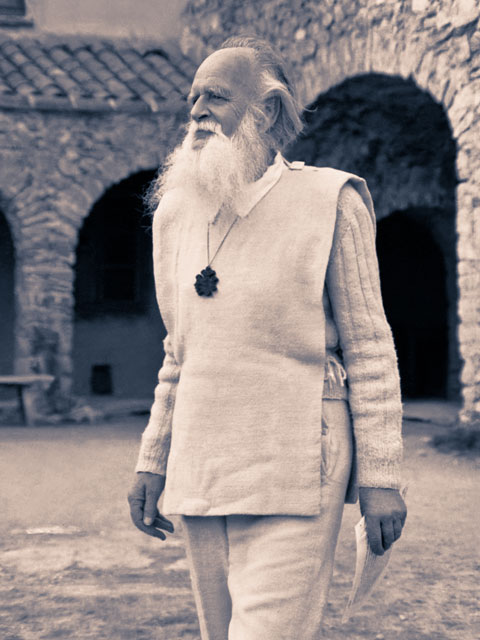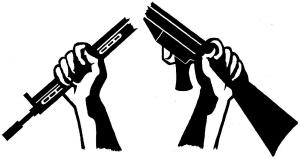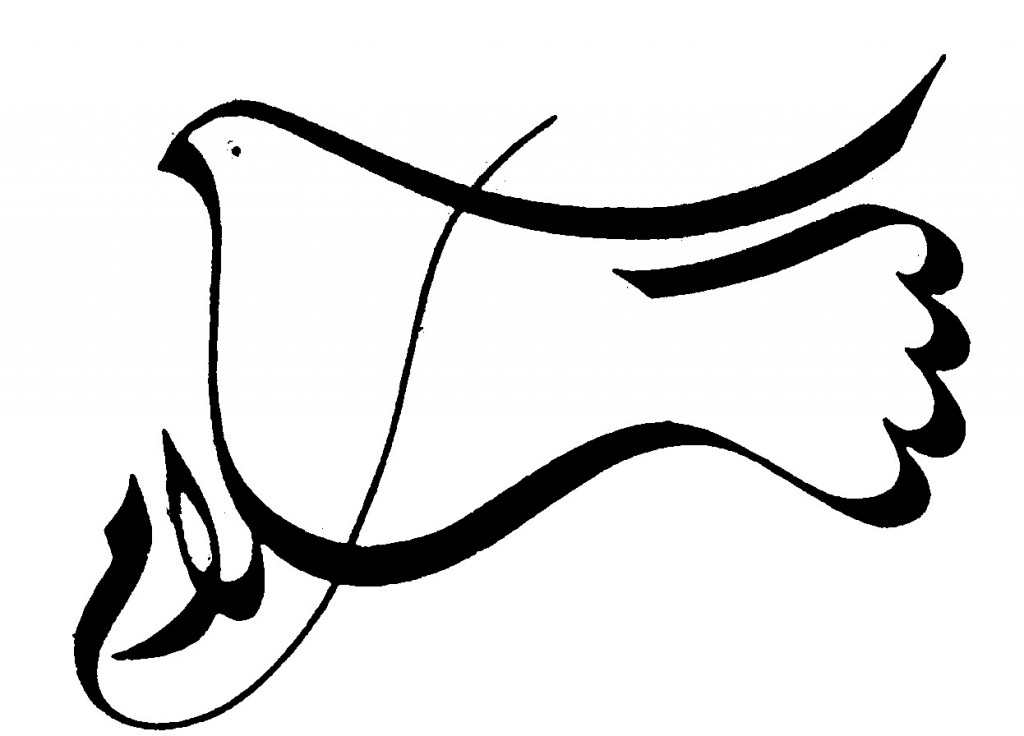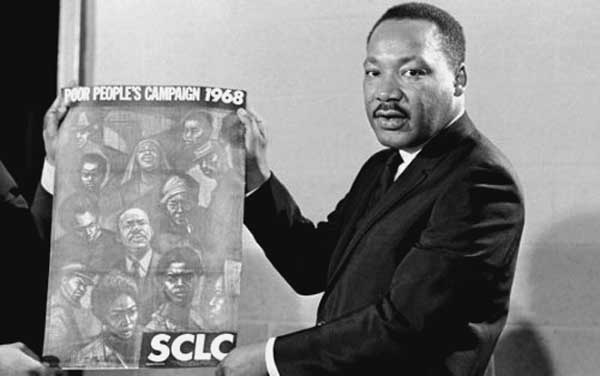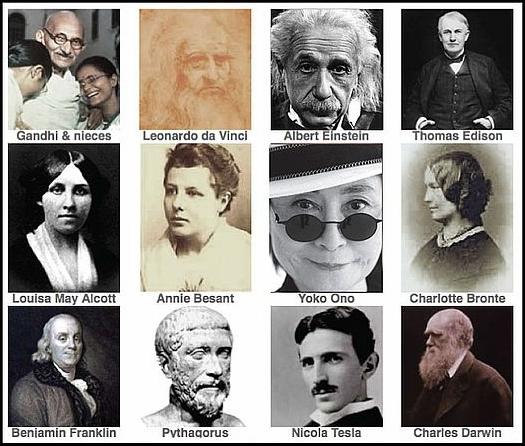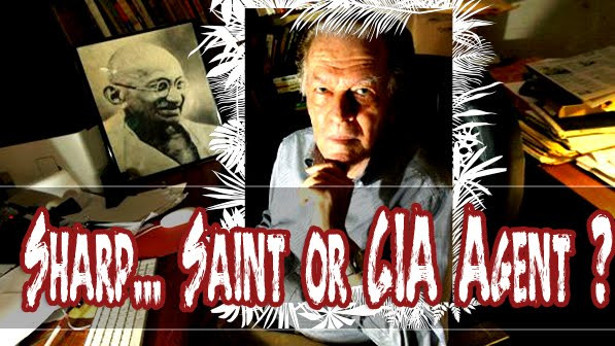by Mohja Kahf
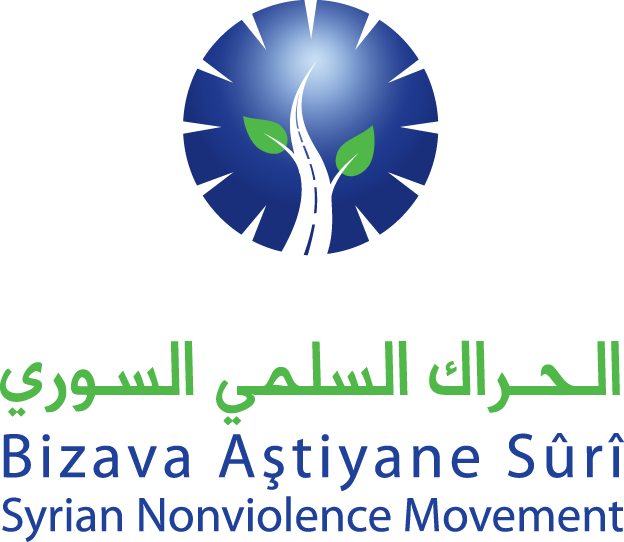
Logo of Syrian Nonviolence Movement; artist unknown; courtesy of SNM
Editor’s Preface: Syria commands the news daily, no less the atrocities of war committed there. Dr. Mohja Kahf’s courageous and comprehensive article chronicles an alternate, nonviolent resistance, overlooked or suppressed in the media. Since 2011, Quaker groups such as Friends for a Nonviolent World, have been “supporting Syrian nonviolent organizations and activists in their struggle for freedom, justice, inclusiveness, and democracy.” By 2012 the nonviolent movement was eclipsed by the armed struggle, but nevertheless carries on. If there are rebel groups with whom the UN can negotiate, there is also a nonviolent movement that can and must be engaged. The toll in Syria has been staggering and tragic. Now more than ever the efforts and courage of nonviolent resisters need also be supported and their stories told. JG
The Syrian uprising sprang from the country’s grassroots, especially from youth in their teens, and adults in their twenties and thirties. They, not seasoned oppositionists, began the uprising, and are its core population. They share, rather than a particular ideology, a generational experience of disenfranchisement and brutalization by a corrupt, repressive, and massively armed ruling elite in Syria.
The Tunisian and Egyptian revolutions were empowering models for these Syrians. The uprising is characterized by wide geographic spread, significant rural and small-town involvement, and a basis in local communities organizing around local grievances, as well as in solidarity for each other. The protest movement did not mobilize around religious identity, showed a fundamental respect for the diversity of Syria, and included minority participants.
The Syrian uprising began nonviolently and the vast majority of its populace maintained nonviolence as its path to pursue regime change and a democratic Syria.
The uprising began nonviolently and the vast majority of its populace maintained nonviolence as its path to pursue regime change and a democratic Syria, until an armed flank emerged in August 2011. The Syrian Revolution has morphed. From midsummer to autumn 2011, armed resistance developed, political bodies formed to represent the revolution outside Syria, and political Islamists of various sorts entered the uprising scene. Since then, armed resistance has overshadowed nonviolent resistance in Syria.
Read the rest of this article »


